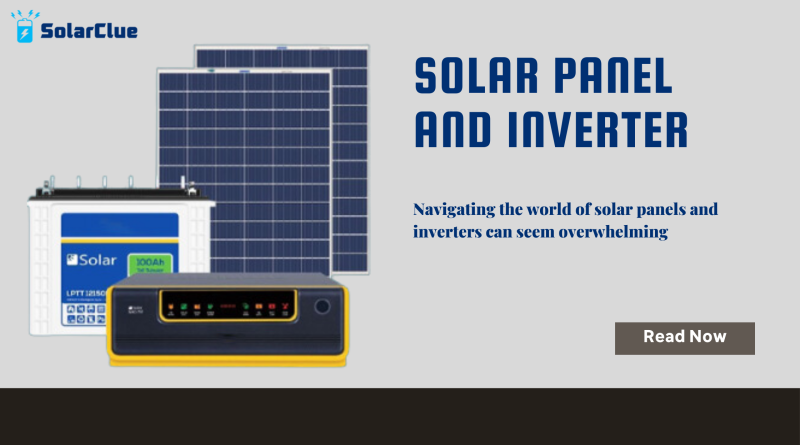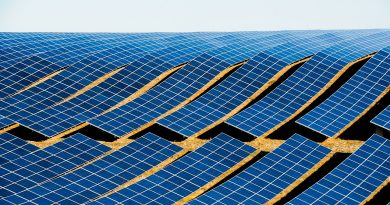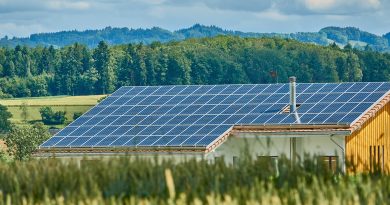Solar Panel and Inverter
If you’re thinking about switching to solar power for your home, you’ve probably come across terms like “solar panels” and “inverters” quite a lot. But what exactly are these components, and why are they so important? In this blog post, we’ll break down everything you need to know about solar panels and inverters in simple terms, so you can make informed decisions about your solar setup.
Table of Contents
What Are Solar Panels?
Solar panels, also known as photovoltaic (PV) panels, are devices that capture sunlight and convert it into electricity. They’re made up of many small solar cells, which are typically made from silicon. When sunlight hits these cells, it generates direct current (DC) electricity through the photovoltaic effect. This DC electricity can then be used to power your home, but first, it needs to be converted.
What Is a Solar Inverter?
A solar inverter is a crucial component in a solar power system. Its job is to take the DC electricity produced by the solar panels and convert it into alternating current (AC) electricity. AC electricity is what most household appliances use. Without an inverter, you wouldn’t be able to use the electricity your solar panels generate.
How Solar Panels and Inverters Work Together
To get the most out of your solar energy system, you need both solar panels and an inverter working in harmony. Here’s a step-by-step look at how they interact:
1.Sunlight Hits the Solar Panels: Solar panels absorb sunlight, which generates DC electricity.
2.Electricity Flows to the Inverter: The DC electricity from the solar panels is sent to the inverter.
3.Conversion to AC Power: The inverter converts the DC electricity into AC electricity.
4.Powering Your Home: The AC electricity is then used to power your home’s appliances and devices.
Choosing the Right Solar Panels and Inverter
When setting up a solar power system, choosing the right panels and inverter is key to maximizing efficiency and performance. Here’s what to consider for each:
Solar Panels
1.Type of Panels: There are mainly three types of solar panels—monocrystalline, polycrystalline, and thin-film. Each type has different efficiency levels, costs, and appearances.
- Monocrystalline Panels: Made from a single crystal structure, these panels are highly efficient and space-saving but can be more expensive.
- Polycrystalline Panels: Made from multiple silicon crystals, these are slightly less efficient but generally more affordable.
- Thin-Film Panels: These are lightweight and flexible but less efficient than crystalline panels. They’re often used in large-scale installations or where space is not a constraint.
2.Efficiency: This refers to how well the panel converts sunlight into electricity. Higher efficiency panels are usually more expensive but may be necessary if you have limited space.
3.Durability and Warranty: Look for panels with a long warranty period (usually 10-25 years) and high durability to ensure they perform well over time.
Solar Inverters
1.Type of Inverter: As mentioned earlier, there are several types of solar inverters—string inverters, microinverters, power optimizers, and hybrid inverters. Each has its own benefits and drawbacks.
- String Inverters: Cost-effective and simple, but their performance can be affected if one panel is shaded.
- Microinverters: Installed on each panel, they offer better performance in shaded conditions but are more expensive.
- Power Optimizers: Enhance the performance of string inverters and are good for systems with shading issues.
- Hybrid Inverters: Ideal if you plan to add battery storage in the future.
2.Efficiency and Performance: The efficiency of an inverter affects how much of the DC electricity from the panels is converted into usable AC electricity. Look for inverters with high efficiency ratings.
3.Warranty and Reliability: Inverters should come with a strong warranty (5-10 years) and be from a reputable brand known for reliability.



